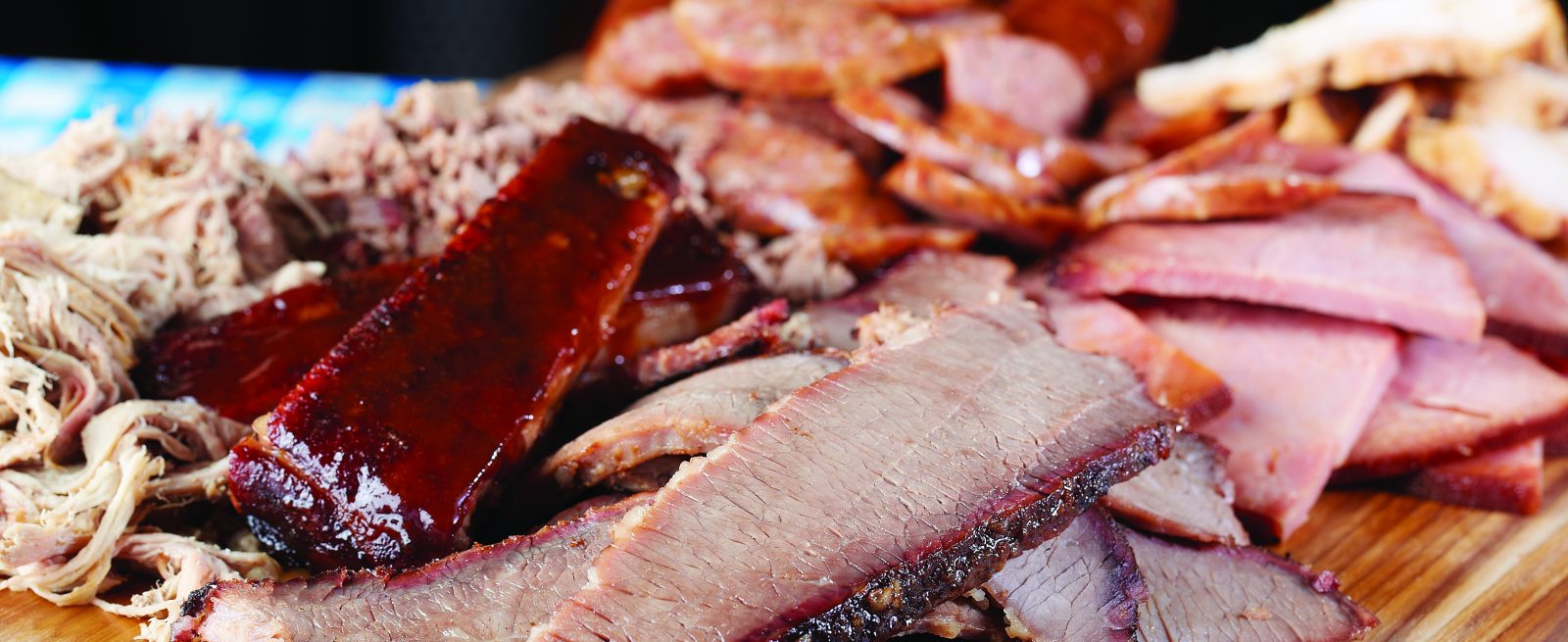Visual Training Engages ‘Pit Crew’ Culture
By MRM Staff
Like their similarly named counterparts in racing, members of the “pit crew” at Dickey’s Barbecue Pit deal with refueling and service, except they focus on guests instead of cars. One of the ways the Dickey’s team can recharge their own batteries and improve customer experience is through an in-house video training initiative.
The nation’s largest barbecue chain recently celebrated the 1,000th video uploaded into its training platform. Since 2014, the franchise has shown two training videos per day in every store to ensure quality, consistency and passion system-wide. Dickey’s videos are viewed more than 1,000 times per day to approximately 8,000 team members for a total of approximately 730,000 views nationwide. The Dallas-based family-run fast-casual currently has 550 locations in 43 states.

“Our training videos started as a fun exercise to create funny and informative training content to feature one standard or menu item per video,” Dickey’s Dean of Barbecue University Chris Kelley told Modern Restaurant Management magazine. “It grew into a more structured, informative resource, but we continue to focus on making our videos fun and engaging. The training videos are now viewed at the beginning of every shift (twice a day) in every Dickey’s location nationwide. We have a good group of people who are great at doing it. It sets the tone for a shift, is a great visual communication piece and pushes standard for business for consistency. Everyone has a screen these days and our videos make learning very easy and effective to engage people.”
Training videos are approximately two minutes long and always feature a core standard, such as how to properly remove ribs from the smoker. Each also includes catering and marketing tips, as well as a daily F.A.C.T., in which a select ingredient gets the spotlight in Flavor, Appearance, Consistency and Taste.
“We wanted to develop a curriculum that was more learner-friendly and engaging, to invite crew members into our culture and be excited to play a part in barbecue excellence,” said Kelley. “When we first started we had less than 50 views per day, now we have between 750-800 views per day.”
Kelley pointed out that Dickey’s strives to relate to and engage every age bracket, with millennials being a large part of the workforce.
“To hear your boss say something is one thing, but to hear it from the company really pushes the standard,” he said. “It’s like when you get advice from your dad – sometimes a third party has to validate. One of my biggest wishes is to show them our culture, our big picture, and get them excited about what we do. We have a cheer that we chant together in Barbecue University: “We are passionate about the art of great barbecue!”
Dickey’s employs a full training team based out of the home office including a content writer, proofreader, videographer and video editor. In addition to the salaries, there were start-up costs including basic equipment of approximately $3,600.
“First we write the script, and the whole team proofs at end of week,” said Kelley. “The following week we shoot a whole week’s worth in one day. This process used to take several days, but now we’re a well-oiled machine. It takes two to three days to edit and we all review as a team at the end of the week.”
Staff training is just one part of the educational package at the chain. All Dickey’s new owner/operators attend Barbecue University, a four-week training program to teach restaurant operations and everything that goes with owning a Dickey’s Barbecue Pit franchise and the brand provides ongoing training and marketing support to each location.
“These four weeks consist of classroom learning, PowerPoint presentations from several departments within the company and plenty of hands-on experience,” explained Kelley, who feels the overall program serves as a model for other companies. “It’s easier said than done and it’s a lot of work. We’ve come a long way over the years. When the training team started, the staff consisted of one trainer reading the ops manual to trainees. The training team developed further, adding staff and content, and that is how Barbecue University was born.”

